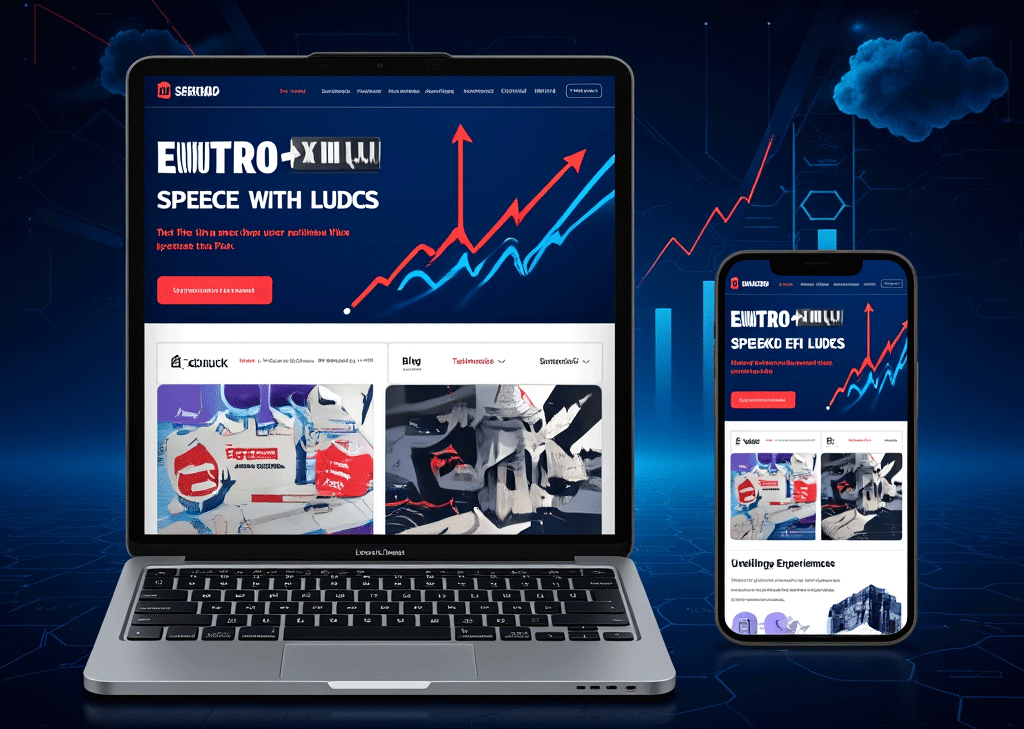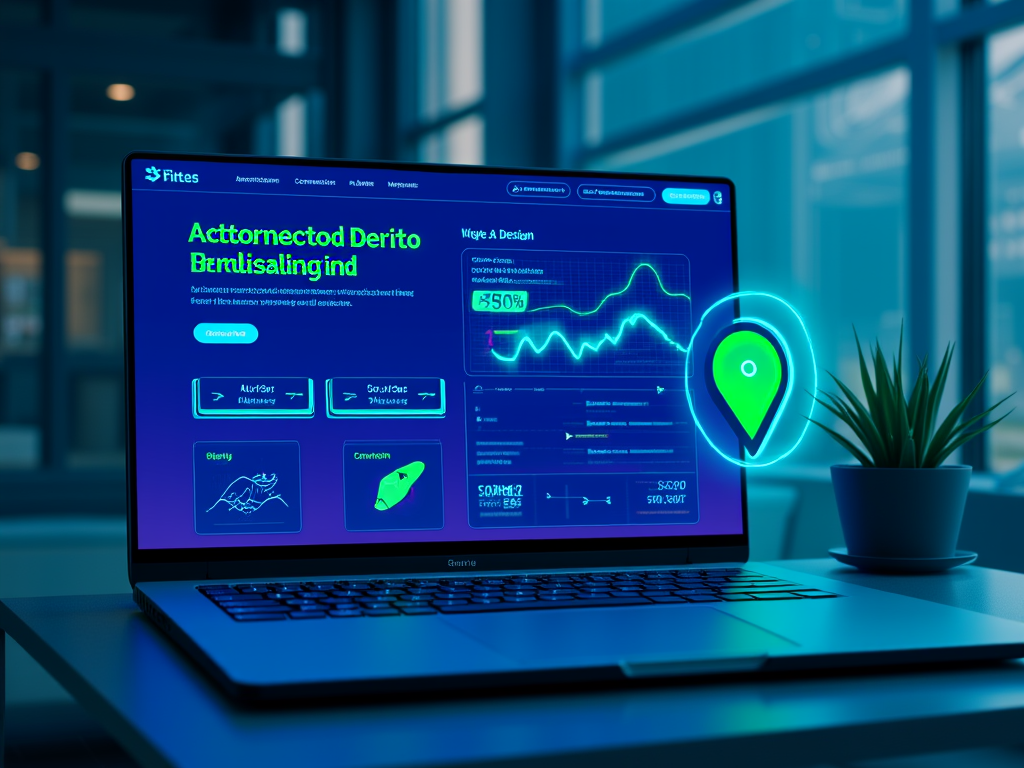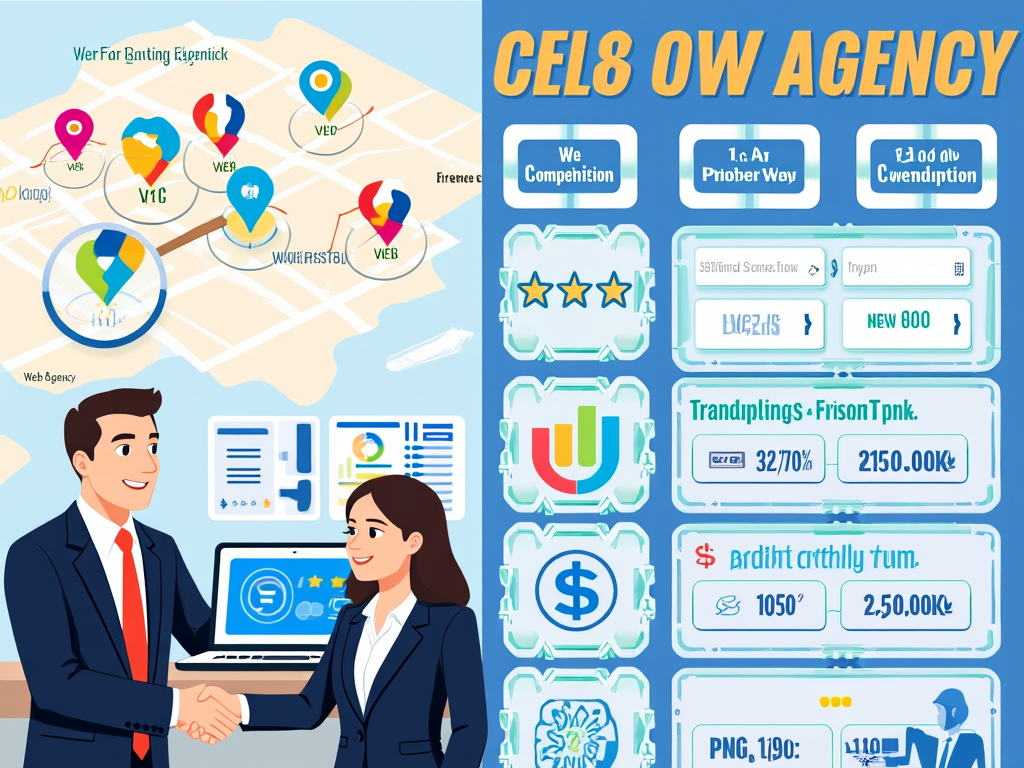<h1>Corporate website essentials to boost your brand image</h1>
**Meta Description:**
Discover the essential features to design a corporate website that strengthens your brand image, enhances user experience, and drives business success in 2025.
## Introduction
A corporate website is much more than an online presence; it is your brand’s digital handshake, serving as a pivotal tool for building trust and attracting customers. **Boosting your brand image** through your website involves combining clarity, responsiveness, and strategic design choices. In this guide, we explore the **corporate website essentials** that will elevate your brand and ensure your site drives business growth in 2025, focusing on user needs and SEO best practices.
## Main Section
### 1. Define clear goals and understand your audience
Before any design work, identifying the purpose of your website and who will use it is crucial. Whether your goal is brand reinforcement, lead generation, or investor relations, clarity on objectives maximizes efficiency and prevents wasted resources.
- **Define your website’s goals** explicitly to align design and content.
- Conduct **user research** to create detailed **user personas** that represent your core audience segments.
- Use data-driven insights to tailor your messaging and features to target user expectations.
Example: A B2B tech company might focus on showcasing case studies and whitepapers, while an e-commerce business emphasizes product pages and checkout simplicity[1].
### 2. Prioritize clear and consistent branding
Your website should reflect your brand identity consistently, from logos and color schemes to typography and imagery.
- Use a **brand style guide** to maintain consistency across every page.
- Emphasize **visual hierarchy** and simplicity to mirror your brand values.
- Integrate your brand tone into the copy and calls to action (CTAs).
Apple's website exemplifies consistent branding with a minimalist, sleek look that conveys innovation and simplicity, reinforcing their market position[3].
### 3. Design with user experience (UX) at the core
A user-centered design improves satisfaction and drives conversions.
- Implement **intuitive navigation**: clear menus, breadcrumbs, and search functions guide users efficiently.
- Apply a **mobile-first and responsive design** to provide seamless experiences across all devices.
- Use **white space**, legible **typography**, and easy-to-skim formatting to enhance readability.
- Integrate engaging, interactive elements (e.g., videos, animations) to capture attention without overwhelming users[2][5][8].
Statistic: Ecommerce sites loading in one second have 2.5 times higher conversion rates than those loading in five seconds, underscoring the importance of site speed and seamless UX[2].
### 4. Develop engaging, SEO-friendly content
Content is crucial not only for user engagement but also for search engine rankings.
- Prioritize **relevant, user-centric content** that addresses your audience’s questions and needs.
- Optimize with **SEO best practices**: use localized keywords if applicable, descriptive headings, alt texts on images, and meta tags.
- Ensure content is shareable on social media platforms to expand reach.
High-quality blogs, case studies, and testimonials enhance both credibility and organic search traffic[4].
### 5. Incorporate essential functional and security features
To build trust and functionality, your corporate website must be reliable and secure.
- **Fast loading times** — optimize images and streamline code to reduce delays.
- **SSL certificates** and compliance with security standards protect visitors’ data.
- For e-commerce, ensure **seamless transactional flows** and payment security[4].
- Include clear CTAs to direct users towards desired actions, such as inquiries or purchases.
### 6. Establish a simple, logical structure and layout
An easy-to-navigate site structure keeps visitors engaged and reduces bounce rates.
- Use **wireframes and prototypes** to organize content and test usability before full development.
- Adopt a consistent, easy layout that highlights priority content relevant to your business.
- For instance, service companies might prioritize testimonials and pricing, whereas creative agencies showcase portfolios prominently[6].
### Visual elements recommendation
- Tables summarizing **branding elements** and **navigation structures** help teams align on design.
- Infographics illustrating the **user journey** or **conversion funnel** can guide stakeholder understanding and focus.
საუკეთესო შეთავაზებები:
გსურთ შექმნათ თქვენი საკუთარი კომპანიის ვებსაიტი ან შექმნათ თქვენი საკუთარი ონლაინ ბიზნესი ინტერნეტში?
– ვებ ჰოსტინგი
– დომენის რეგისტრაცია
– ვებ-განვითარება
– საიტის შემქმნელი



“`html
7. Enhance User Engagement with Interactive Elements
Interactivity can significantly elevate a user's experience on your corporate website. By engaging users actively, you foster a connection that can lead to loyalty and conversions.
- Consider features like live chat support, which can address visitor inquiries in real-time, providing immediate assistance and increasing trust.
- Integrate fun, appealing options like quizzes ან interactive infographics, which allow users to interact with your content in a meaningful way.
- Implement customer feedback tools to gauge user satisfaction and adjust your offerings based on their input.
Example: A corporate training company might incorporate a quiz that evaluates users’ knowledge in specific areas, leading them to relevant courses or offerings tailored to their needs[7].
8. Optimize for Accessibility
Creating a website that's accessible to everyone is not just a matter of compliance—it's a means of widening your audience and demonstrating your commitment to inclusivity.
- Ensure text contrast is strong enough for easy reading and use alt tags for images to assist screen readers.
- Offer text alternatives for audio and video content to cater to all users.
- Test your site with various accessibility tools and devices for comprehensive audits.
According to the World Health Organization, more than a billion people globally have some form of disability, underscoring the importance of accessibility in your design choices[8].
9. Monitor, Analyze, and Adapt
Creating a fulfilling digital experience doesn’t end once your corporate website is launched. Continuous monitoring and adaptations are vital for long-term success.
- Use analytical tools like Google Analytics და Heatmaps to track user behavior, conversion rates, and traffic sources.
- Regularly review and refresh content based on performance metrics. This could involve adding new articles, revising SEO strategies, or even redesigning pages to optimize user engagement.
- Set specific KPIs to measure web traffic, customer interactions, and lead generation effectively.
Example: A fashion retailer might find that certain product pages receive significantly more traffic, prompting them to update others with similar styles or more compelling visual elements.
10. Embrace the Power of Social Proof
Visibility and credibility are powerful components of a successful corporate website. Leveraging social proof can enhance your brand image dramatically.
- Include testimonials and case studies prominently on your homepage or relevant service pages.
- Showcase user-generated content, such as customer photos or reviews, particularly on e-commerce websites.
- Incorporate awards, certifications, or partnerships that lend credibility to your brand.
This approach not only builds trust among potential clients but also reinforces your existing relationships with customers, highlighting the positive impact of your products or services[9].
დასკვნა
In an era where digital presence can make or break a brand, investing in a well-structured, engaging, and optimized corporate website is essential. By implementing the principles outlined—from understanding your audience to enhancing user engagement—your website can serve as a powerful tool in boosting your brand image. Emphasizing interactivity, accessibility, and social proof will ensure your corporate website evolves with your audiences’ needs, establishing a lasting digital footprint.
Relevant Video Links
Exploring User Experience Design for Corporate Websites
Creating SEO-Friendly Content: Best Practices
Accessing Web Accessibility: Tools and Strategies
Using Social Proof to Build Brand Trust Online
ცნობები:
[1] Understanding Your Audience: How User Personas Help.
[2] The Importance of UX in Conversion Rates.
[3] Analyzing Apple’s Brand Consistency.
[4] The Role of Quality Content in SEO.
[5] Enhancing Mobile User Experience.
[6] Prioritizing Layouts: A Guide for Website Structure.
[7] Engaging Tools: How Quizzes and Surveys Enhance Interaction.
[8] Accessibility Standards and Their Importance.
[9] The Influence of Testimonials on Consumer Decisions.
საუკეთესო შეთავაზებები:
გსურთ შექმნათ თქვენი საკუთარი კომპანიის ვებსაიტი ან შექმნათ თქვენი საკუთარი ონლაინ ბიზნესი ინტერნეტში?
– ვებ ჰოსტინგი
– დომენის რეგისტრაცია
– ვებ-განვითარება
– საიტის შემქმნელი





![WordPress Website Experts in [Your City]](https://besthosting.ge/wp-content/uploads/2025/08/wordpress-website-experts-in-your-city.jpg)

![Web Development Services in [Local Area] for E-commerce](https://besthosting.ge/wp-content/uploads/2025/08/web-development-services-ecommerce-local-area.jpg)
